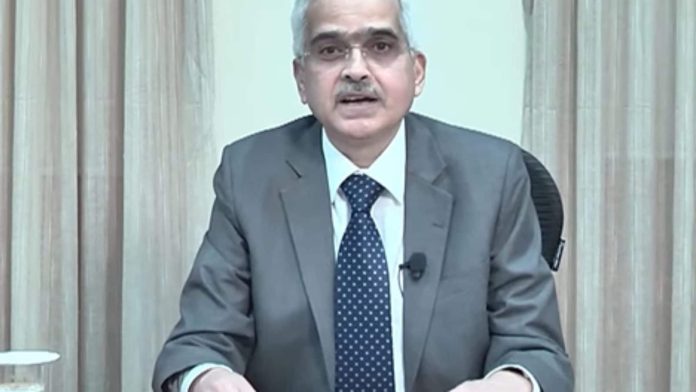[ad_1]
RBI Governor Shaktikanta Das on Wednesday said that in the current hostile global economic environment, the Indian economy remains resilient and the country’s financial system remains robust and stable. He added that India will continue to be among the fastest-growing major economies in the world, drawing strength from its macroeconomic fundamentals.
“In…hostile international environment, the Indian economy remains resilient, drawing strength from its macroeconomic fundamentals. Our financial system remains robust and stable. Banks and corporates are healthier than before the crisis. Bank credit is growing in double digits for eight months now. India is widely seen as a bright spot in an otherwise gloomy world,” Das said while presenting the RBI’s bi-monthly monetary policy statement on Wednesday.
He, however, added that inflation in the country remains elevated, as in most parts of the world. Global spillovers continue to impart high volatility and uncertainty.
“In an interconnected world, we cannot remain entirely decoupled from adverse spillovers from the global slowdown and its negative impact on our net exports and overall economic activity,” he added.
This Is What He Said About The Global Economic Situation
— The global economy is still marred by profound shocks and unprecedented uncertainty
— Mixed signals are emanating from the geopolitical situation and financial market volatility.
— In the beginning of this year (2022), just as the COVID-19 pandemic was receding, the war in Ukraine overwhelmed the world in a black swan moment and fundamentally altered the global economic outlook.
— Surges in food and energy prices and shortages in key staples have severely affected the poorer sections across the world. Though international food, energy and other commodity prices have eased moderately in recent times, inflation remains high and broad-based.
— While no country is spared the ill-effects of such large shocks, emerging market economies (EMEs), especially the ones dependent on food, energy and commodity imports, have been the worst affected.
— Supply chains are being redrawn on considerations of geopolitical security, leading to ‘reshoring’ and ‘friend-shoring’. Food and energy security, together with climate change, have become the biggest challenges to the world.
This Is What He Said About India’s Domestic Economic Situation
— In this hostile international environment, the Indian economy remains resilient, drawing strength from its macroeconomic fundamentals. India is widely seen as a bright spot in an otherwise gloomy world.
— Going into the third quarter of 2022-23, economic activity continued to gain strength in October.
— Urban consumption firmed up further, driven by sustained recovery in discretionary spending, especially on services such as travel, tourism and hospitality.
— Consumer confidence has improved further.
— The biggest risks to the outlook continue to be the headwinds emanating from protracted geopolitical tensions, global slowdown and tightening of global financial conditions.
— food inflation is likely to moderate with the usual winter softening and the likelihood of a bountiful rabi harvest, but pressure points remain in the form of prices of cereals, milk and spices in the near-term.
— Real GDP growth for 2022-23 is projected at 6.8 per cent, with Q3 at 4.4 per cent and Q4 at 4.2 per cent. The risks are evenly balanced. Real GDP growth is projected at 7.1 per cent for Q1:2023-24 and at 5.9 per cent for Q2. Even after this revision in our growth projection for 2022- 23, India will still be among the fastest growing major economies in the world.
— Assuming an average crude oil price (Indian basket) of $100 per barrel, headline inflation is projected at 6.7 per cent in 2022-23, with Q3 at 6.6 per cent and Q4 at 5.9 per cent. The risks are evenly balanced. CPI inflation for Q1:2023-24 is projected at 5 per cent and for Q2 at 5.4 per cent, on the assumption of a normal monsoon.
— While being watchful of the impact of our earlier monetary policy actions, we will keep Arjuna’s eye on the evolving inflation dynamics and be ready to act as may be necessary.
— Overall system liquidity remains in surplus. During October-November, the average total absorption under the liquidity adjustment facility (LAF) was Rs 1.4 lakh crore, down from the average of Rs 2.2 lakh crore during August-September.
In the consecutive fifth hike this year, the RBI’s Monetary Policy Committee on Wednesday raised the repo rate by 35 basis points (bps) to 6.25 per cent with immediate effect, making loans expensive. The policy rate is now at the highest level since August 2018. The RBI has maintained policy stance at ‘withdrawal of accommodation’.
Read all the Latest Business News here
[ad_2]
Source link

